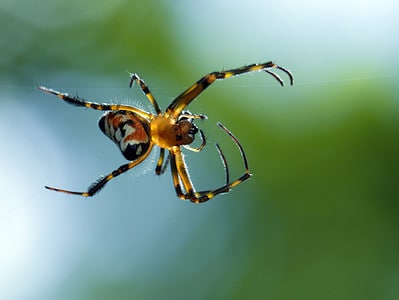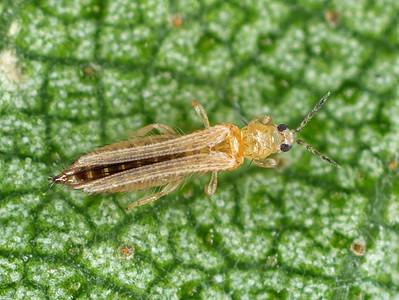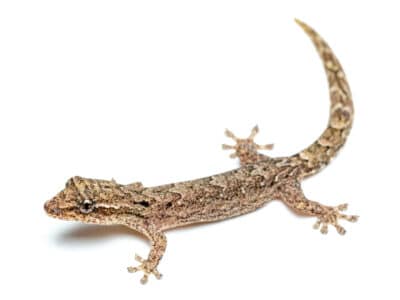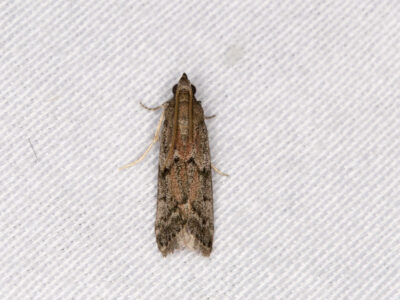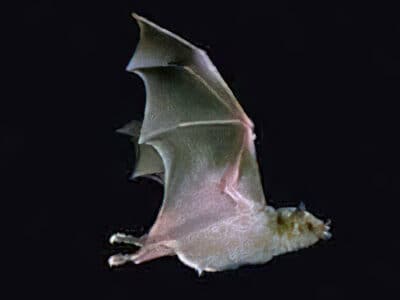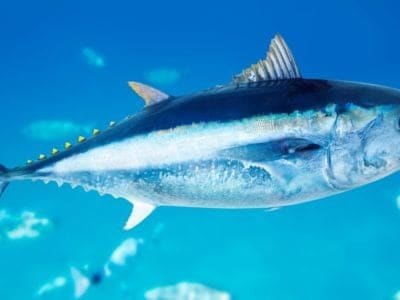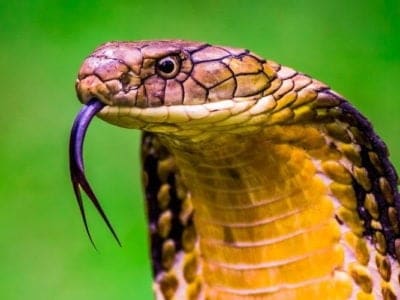Black Swallowtail Caterpillar
Papilio polyxenes
Black swallowtail caterpillars have the ability to mimic the appearance and odor of toxic pipevine swallowtail caterpillars, which helps them avoid predators.
Advertisement
Black Swallowtail Caterpillar Scientific Classification
- Kingdom
- Animalia
- Phylum
- Arthropoda
- Class
- Insecta
- Order
- Lepidoptera
- Family
- Papilionidae
- Genus
- Papilio
- Scientific Name
- Papilio polyxenes
Read our Complete Guide to Classification of Animals.
Black Swallowtail Caterpillar Conservation Status
Black Swallowtail Caterpillar Facts
- Prey
- Leaves from plants in the Apiaceae family. including fennel, parsley and dill
- Main Prey
- Leaves from plants in the Apiaceae family. including fennel, parsley and dill
- Name Of Young
- N/A
- Group Behavior
- Solitary
- Fun Fact
- Black swallowtail caterpillars have the ability to mimic the appearance and odor of toxic pipevine swallowtail caterpillars, which helps them avoid predators.
- Estimated Population Size
- Undetermine
- Biggest Threat
- Habitat loss and climate change
- Most Distinctive Feature
- They have a pair of scent organs, the osmeterium which secrete a horrible-smelling liquid when the caterpillar feels threatened.
- Distinctive Feature
- Eyespots - large round spots that appear to the the eyes of a much larger animal to the caterpillars' would-be predators.
- Other Name(s)
- Eastern black Swallowtail caterpillar; parsnip swallowtail caterpillar
- Gestation Period
- N/A
- Temperament
- docile, solitary, hungry
- Wingspan
- N/A
- Training
- N/A
- Optimum pH Level
- N/A
- Incubation Period
- 3-5 days
- Age Of Independence
- birth
- Age Of Fledgling
- N/A
- Average Spawn Size
- N/A
- Litter Size
- N/A
- Habitat
- Plants in the the Apiaceae family, including fennel, parsley and dill
- Predators
- Birds, snakes, spiders, ants, wasps
- Diet
- Herbivore
- Average Litter Size
- N/A
- Lifestyle
- Nocturnal
- Solitary
- Favorite Food
- Plants in the the Apiaceae family, including fennel, parsley and dill
- Type
- Insect
- Common Name
- black swallowtail
- Special Features
- Black swallowtail caterpillars have a set of anal prolegs which are unique to the caterpillars. These prolegs are located on the last segment of their body and help them to cling to leaves or branches.
- Origin
- Undetermined
- Location
- North America from Southern Canada to Northern Mexico.
- Slogan
- N/A
- Group
- Papilio
- Nesting Location
- Leaves of the the Apiaceae family, including fennel, parsley and dill
- Age of Molting
- Black swallowtail caterpillars molt multiple times over the course of their larval stage.
Black Swallowtail Caterpillar Physical Characteristics
- Color
- Yellow
- Black
- White
- Green
- Skin Type
- Exoskeleton
- Lifespan
- 1-8 weeks
- Weight
- less than 1 ounce
- Height
- 0.25-0.5 inches
- Length
- 1-3 inches
- Age of Sexual Maturity
- 1 week
- Age of Weaning
- N/A
- Venomous
- No
- Aggression
- Low
View all of the Black Swallowtail Caterpillar images!
The black swallowtail caterpillar (Papilio polyxenes), also known as the Eastern black swallowtail caterpillar, and the parsnip swallowtail caterpillar, primarily inhabits wooded areas, meadows, gardens, and other areas which contain a plethora of host plants. The caterpillar is known to feed on a variety of plants from the Apiaceae family, including dill, fennel, parsley, and Queen Anne’s lace. They are native to Eastern North America and can be found in parts of Canada, Mexico, and the United States. Keep reading to learn more about this enchanting animal!

Black swallowtail caterpillars are native to Eastern North America and can be found in parts of Canada, Mexico, and the United States.
©Tyler Fox/Shutterstock.com
Five First-Class Facts About Black Swallowtail Caterpillars
- Black swallowtail caterpillars have a unique defense mechanism known as “aposematism,” which is the use of bright and contrasting colors to warn predators of their poisonous nature.
- They change color as they mature, transitioning from a black-and-white striped pattern to a green-and-yellow pattern.
- The caterpillars have false eyes, known as eyespots, on their bodies that help to deter predators by making them appear larger and more intimidating.
- Black swallowtail caterpillars have a set of anal prolegs which are unique to the caterpillars. These prolegs are located on the last segment of their body and help them to cling to leaves or branches.
- Black swallowtail caterpillars have the ability to mimic the appearance and odor of toxic pipevine swallowtail caterpillars, which helps them avoid predators.
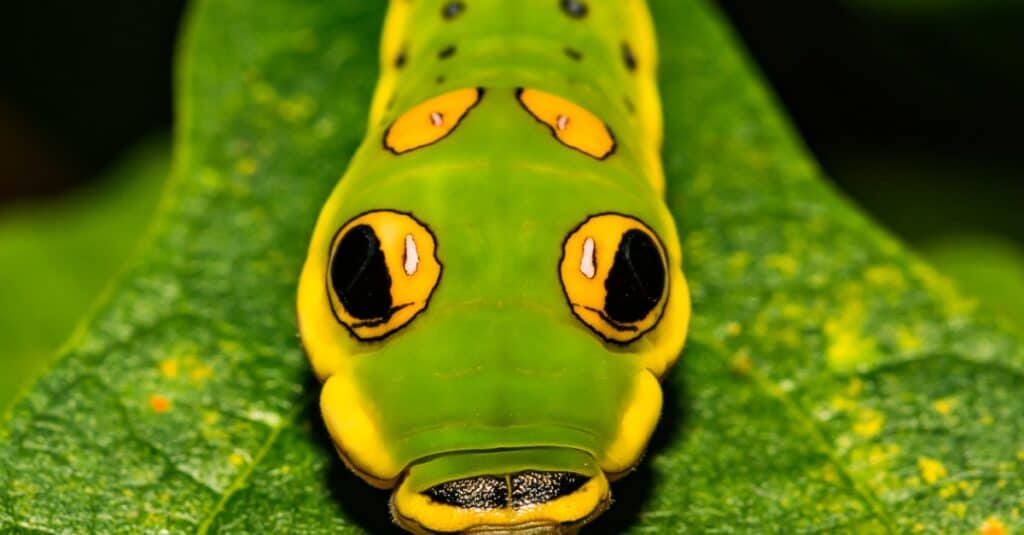
The caterpillars have false eyes, known as eyespots, on their bodies that help to deter predators by making them appear larger and more intimidating.
©iStock.com/JasonOndreicka
Scientific Name
The black swallowtail caterpillar, Papilio polyxenes, shares its scientific name with its adult form, the black swallowtail butterfly. When you consider it for a moment, it is quite logical. The caterpillar will, after all, become a butterfly. The name Papilio polyxenes roughly translates to butterfly(Papilio) very (poly) strange (xena). Looking at the black swallowtail in its larval stage, it would make sense to call it a very strange butterfly. However, it gets its name from the Greek princess Polyxena. Polyxena was the daughter of King Priam. She was sacrificed to appease the ghost of Achilles. A beautiful, stately butterfly seems a fitting tribute to such a brave young woman.
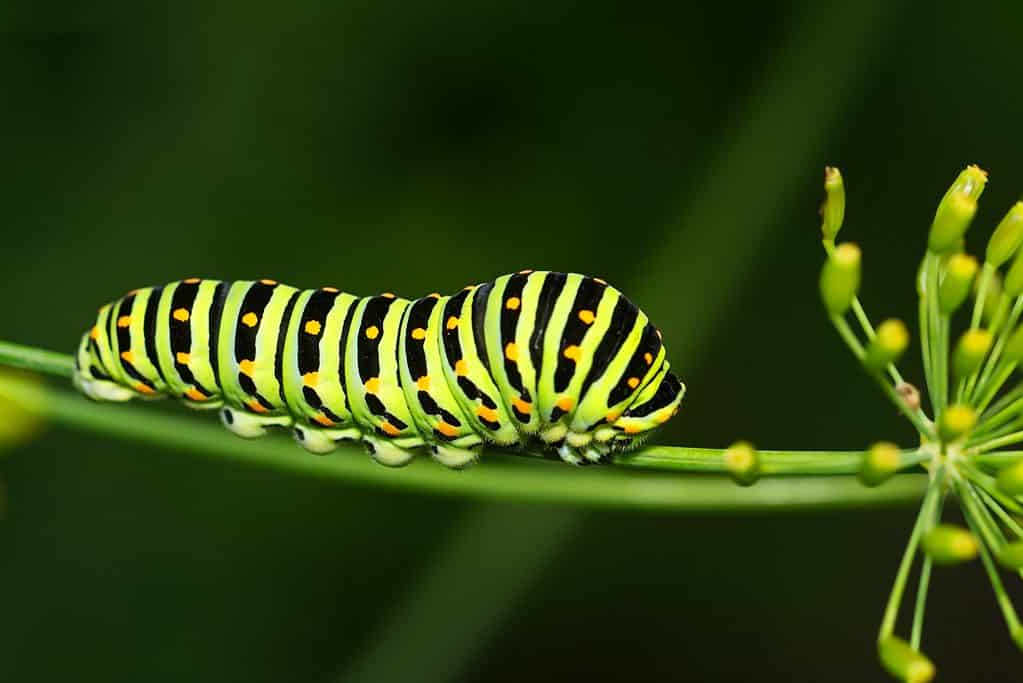
The black swallowtail caterpillar,
Papilio polyxenes, shares its scientific name with its adult form, the black swallowtail butterfly.
©Graphicato/Shutterstock.com
Black Swallowtail Caterpillar: Appearance and Behavior
Appearance
The black swallowtail caterpillar is a plump, green caterpillar with black and yellow markings. It has a series of black and yellow diagonal stripes running the length of its body and a large, black saddle on its back. It also has several pairs of black filaments on its hind end, which function as sense organs. These caterpillars can grow up to 2 inches long.
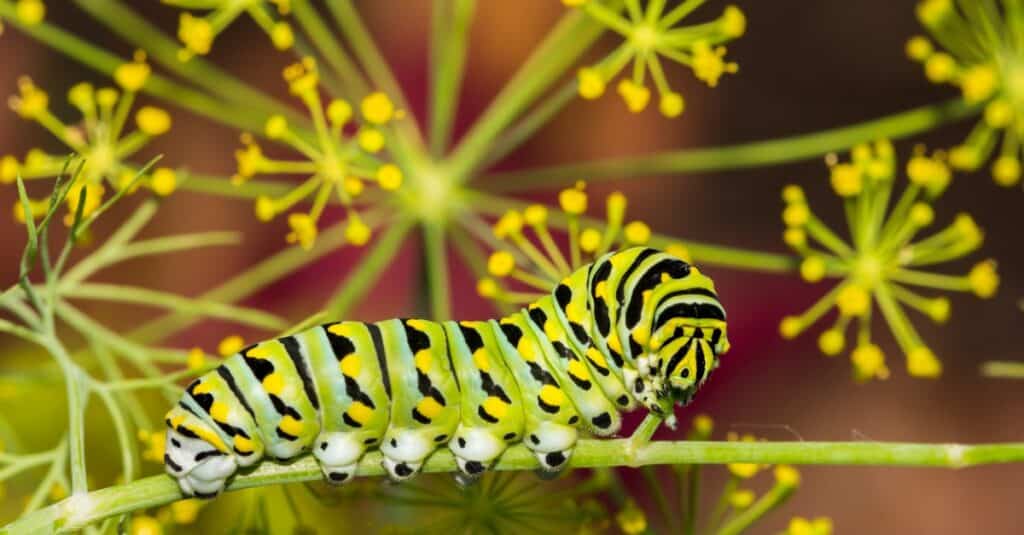
Black swallowtail caterpillars can grow up to 2 inches long.
©Jay Ondreicka/Shutterstock.com
Behavior
The behavior of the black swallowtail caterpillar consists of feeding, growing, and avoiding predators all while on the way to becoming a butterfly. They move around and camouflage themselves, to blend in with their surroundings. They also have a defense mechanism that helps them to deter predators, and once they reach a certain size, they will enter into the pupation process to become an adult butterfly
- Feeding: The black swallowtail caterpillar is primarily focused on eating and growing. They feed on a variety of host plants such as dill, fennel, parsley, and Queen Anne’s lace.
- Camouflage: The caterpillars have the ability to camouflage themselves by changing the color and texture of their skin, blending in with their surroundings and avoiding predators.
- Movement: The caterpillars are relatively slow-moving. They tend to move around mostly at night. They move around on their host plants, eating as much as possible to fuel their growth.
- Molting: As they grow, the caterpillars will molt, or shed their skin, several times. This process allows them to continue growing and developing.
- Pupation: Once the caterpillar has reached a sufficient size, it will stop eating and begin the process of pupation, also known as metamorphosis. This process usually takes place on the bottom side of a leaf, where the caterpillar will spin a silk chrysalis and transform into a pupa.
- Emergence: After a period of time, the adult butterfly will emerge from the chrysalis, and the life cycle will begin again.
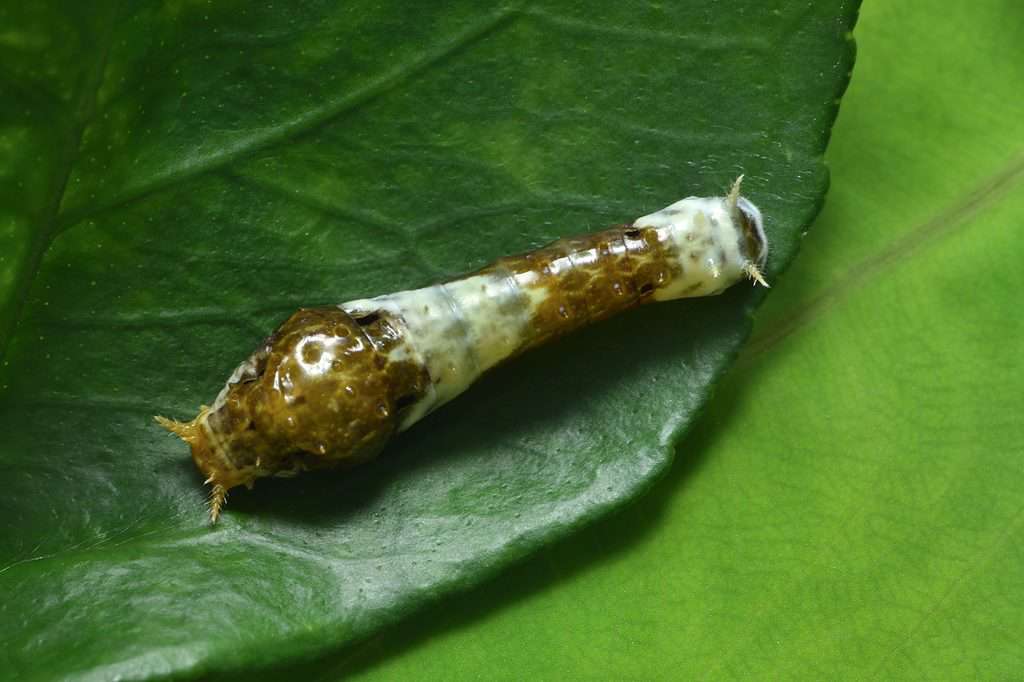
As they grow, the caterpillars will molt, or shed their skin, several times
©Chen Liang-Dao/Shutterstock.com
Black Swallowtail Caterpillars: Predators, Threats, Defenses
The black swallowtail caterpillar faces several threats, including habitat loss, pesticide use, and predation by birds, insects, and other animals. In addition, the introduction of non-native plant species can reduce the availability of its host plants, which are necessary for its survival. Climate change can also affect the timing of its life cycle and the availability of its host plants. Additionally, parasitism by flies and wasps can also be a significant threat to black swallowtail caterpillar populations.
Habitat Loss
Habitat loss is a major threat to the black swallowtail caterpillar, as it relies on specific host plants for its survival. Urbanization, agriculture, and logging can all lead to the destruction or fragmentation of natural habitats. The introduction of non-native plant species can also reduce the availability of host plants, which is essential for the survival of the black swallowtail caterpillar.

Habitat loss is a major threat to the black swallowtail caterpillar.
©Rich Carey/Shutterstock.com
Climate Change
Climate change can affect the timing of the black swallowtail caterpillar’s life cycle and the availability of its host plants. For example, warmer temperatures can cause the caterpillars to hatch earlier than usual, which can cause them to miss the peak availability of host plants. This can lead to a mismatch between the caterpillars and the plants they rely on for food, and ultimately, lead to a decline in population numbers.
Predation
Predation is another threat to the black swallowtail caterpillar. Birds, insects, and other animals may feed on the caterpillars, which can have a significant impact on population numbers. Black swallowtail caterpillars have a variety of predators, including birds, wasps, and other insects. Some common predators of black swallowtail caterpillars include paper wasps, yellow jackets, and praying mantises. Additionally, other insects such as ladybugs, lacewings, and tachinid flies may also prey on black swallowtail caterpillars.
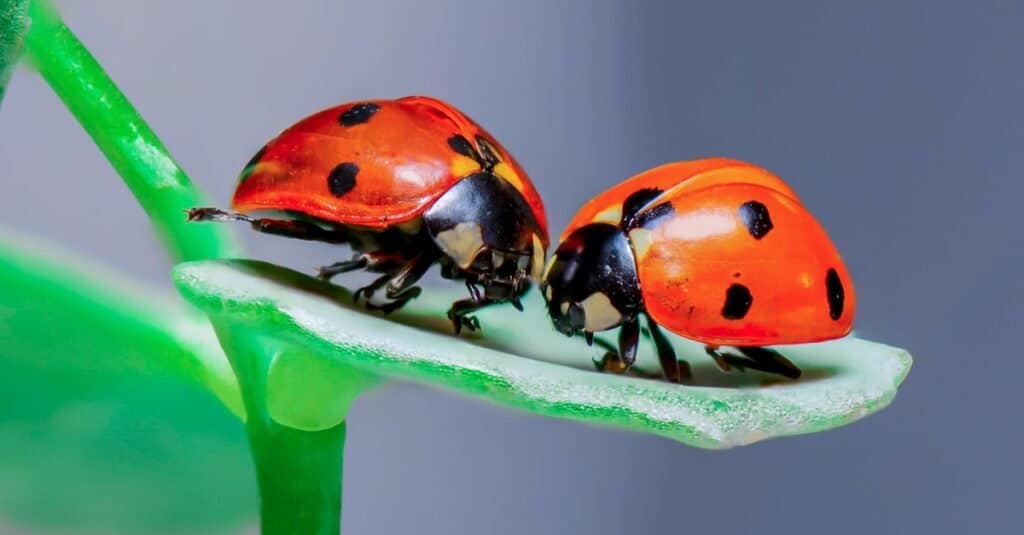
Insects such as ladybugs may also prey on black swallowtail caterpillars.
©Pixabay / CC0, Pexels – License
Parasitism
Parasitism is another threat to the black swallowtail caterpillar. Some species of flies and wasps will lay their eggs on or near the caterpillars, and when the eggs hatch, the larvae will feed on the caterpillar. This can have a significant impact on population numbers, as a large number of caterpillars may be killed by parasites.
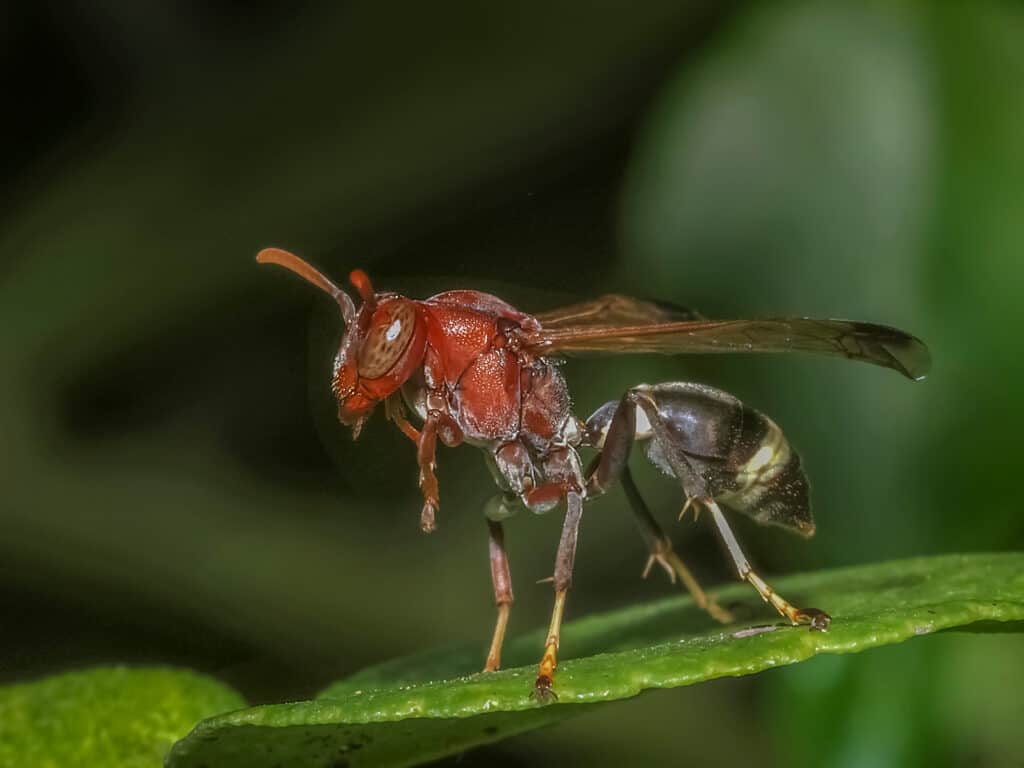
Red paper wasps are native to the United States of America.
©Yuttana Joe/Shutterstock.com
Pesticides and Herbicides
Herbicides and pesticides can have a significant impact on caterpillars’ (and the resulting butterflies’) population numbers. Pesticides are responsible for killing swallowtails outright, while herbicides are more subtle. Herbicides can kill off host plants, leaving caterpillars without sustenance or a place to hang their chrysalis. Glyphosate a broad-spectrum weedkiller, kills more than weeds. It is responsible for killing all sorts of beneficial animals. It permeates the soil, seeping into groundwater, and entering streams and rivers through runoff. Even with this information available widely, the popularity of glyphosate continues to grow. Protection and conservation of habitats through the reduction of pesticide use is a necessary step toward ensuring the survival of black swallowtails.
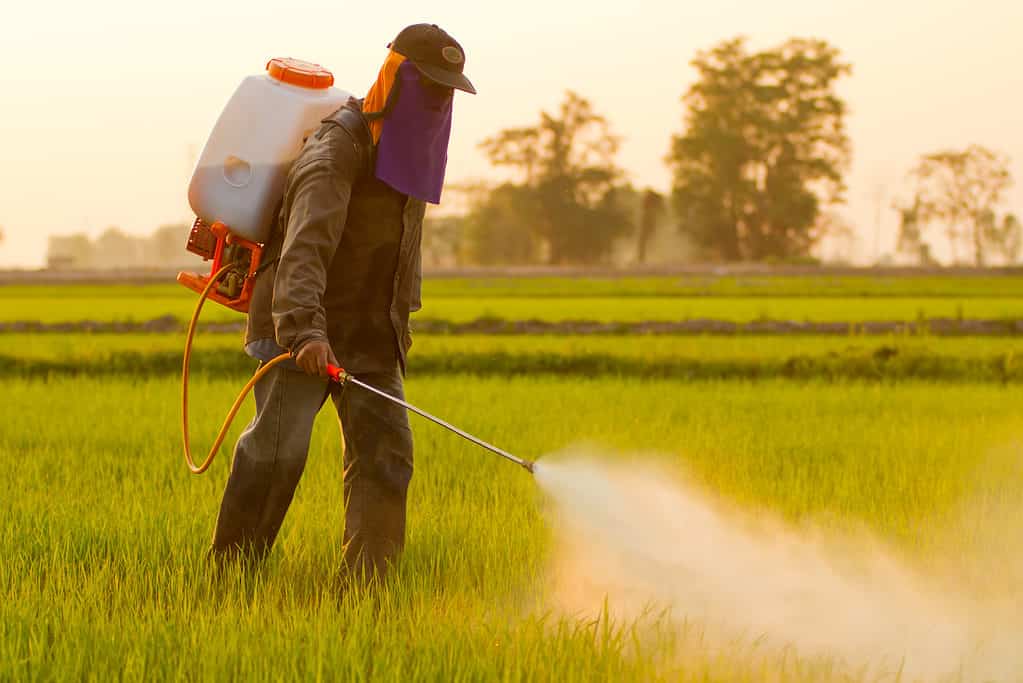
Herbicides are not good for the environment or the animals (including humans) who live in them.
©PiggingFoto/Shutterstock.com
Defenses
Black swallowtail caterpillars are not toxic to most animals that might prey on them, but they do have a defense mechanism to deter predators. They have a pair of fleshy, orange-colored sense organs called the osmeterium near the front of their body. The osmeterium secrete a horrible-smelling liquid when the caterpillar feels threatened or sense danger. The caterpillars also have the ability to camouflage themselves by changing the color and texture of their skin and blending in with their surroundings to avoid predators. Additionally, they have a unique defense mechanism known as aposematism. Aposematism is the use of bright and contrasting colors animals use to warn predators of their poisonous nature. Sometimes the animals are actually poisonous. However, in the case of black swallowtail caterpillars, they are simply mimicking dangerous animals. ,
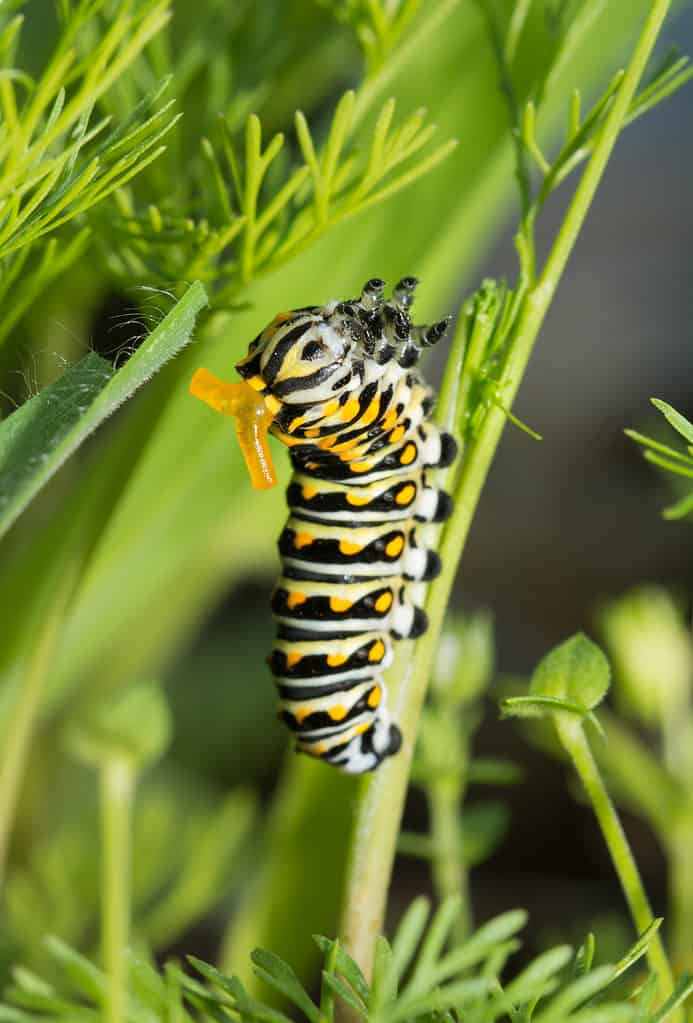
Black swallowtail caterpillars have a pair of fleshy, orange-colored sense organs called the osmeterium near the front of their body which secrete a horrible-smelling liquid when the caterpillar feels threatened or sense danger.
©Sari ONeal/Shutterstock.com
Black Swallowtail: Lifecycle/Lifespan
The lifecycle of a black swallowtail caterpillar, also known as the eastern black swallowtail, includes four stages: egg, larva (caterpillar), pupa (chrysalis), and adult butterfly.
1. Egg: The female black swallowtail lays her eggs on the leaves or stems of plants in the carrot family, such as parsley, dill, and fennel. The eggs are small and round and can be yellow, green, or brown in color.
2. Larva (caterpillar): After a few days, the eggs hatch and the caterpillars emerge. They are black with yellow and blue spots and have a pair of curved black horns on their thorax. The caterpillars feed on the leaves of their host plants for about 2-3 weeks.
3. Pupa (chrysalis): When the caterpillars are fully grown, they form a chrysalis. The chrysalis is usually green or brown and is attached to a stem or leaf by a silk girdle. The pupal stage lasts for about 2 weeks.
4. Adult butterfly: Once the pupal stage is complete, the adult butterfly emerges. The black swallowtail has black wings with a yellow and blue band, and a wingspan of 2-3 inches. Adult butterflies feed on nectar from flowers and lay eggs to begin the cycle again
From its initial larval stage to its death as an adult butterfly takes mere weeks. The lifespan of the creatures is 6-8 weeks.
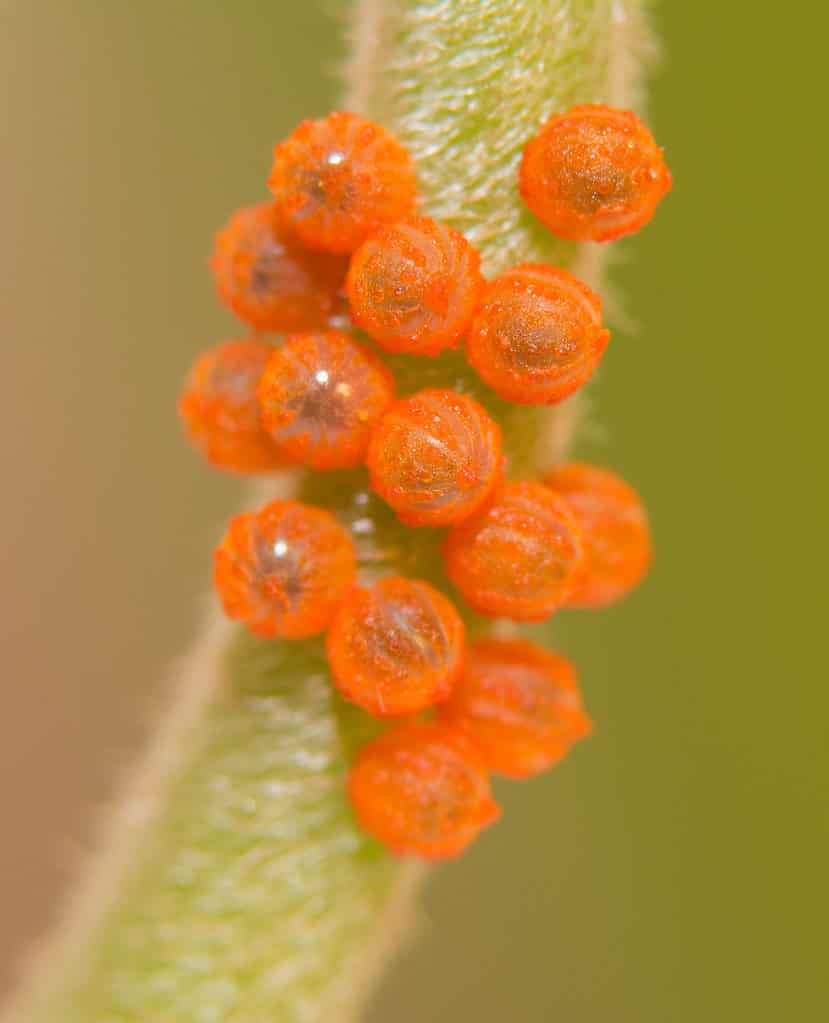
The female black swallowtail lays her eggs on the leaves or stems of plants.
©Sari ONeal/Shutterstock.com
Black Swallowtail Caterpillar: Conservation Status
The conservation status of a species is typically assigned to the adult form of the organism, as they are the reproducing individuals. However, the overall population of the Black Swallowtail butterfly, which the caterpillars will eventually transform into, is considered to be stable and not currently of concern for conservation efforts.
Up Next:
View all 285 animals that start with BBlack Swallowtail Caterpillar FAQs (Frequently Asked Questions)
Where do black swallowtail caterpillars live?
Black swallowtail caterpillars are native to North America from Southern Canada to Northern Mexico. They spend their lives on and eat leaves.
What colors are a black Swallowtail caterpillar?
Black swallowtail caterpillars are generally bright neon green w black stripes that have yellow accents.
What do black swallowtail caterpillars eat?
Black swallowtail caterpillars subsist on a diet of leaf matter. They prefer leaves from plants in the Apiaceae family. These plants include dill, fennel, parsley, and Queen Anne’s lace, to name a few.
Are black swallowtail caterpillars diurnal or nocturnal?
Black swallowtail caterpillars are more active at night, making them nocturnal. In their adult stage, they are diurnal, flying from flower to flower in search of nectar during day.
What poses the biggest threat to black swallowtails?
Loss of habitat and climate change are the greatest threats to black swallowtail caterpillars.
Thank you for reading! Have some feedback for us? Contact the AZ Animals editorial team.
Sources
- ufl.edu, Available here: https://entnemdept.ufl.edu/creatures/bfly/bfly2/eastern_black_swallowtail.htm
- pbase.com, Available here: https://pbase.com/rcm1840/lifecycleofblsw
- wikipedia.org, Available here: https://en.wikipedia.org/wiki/Papilio_polyxenes








